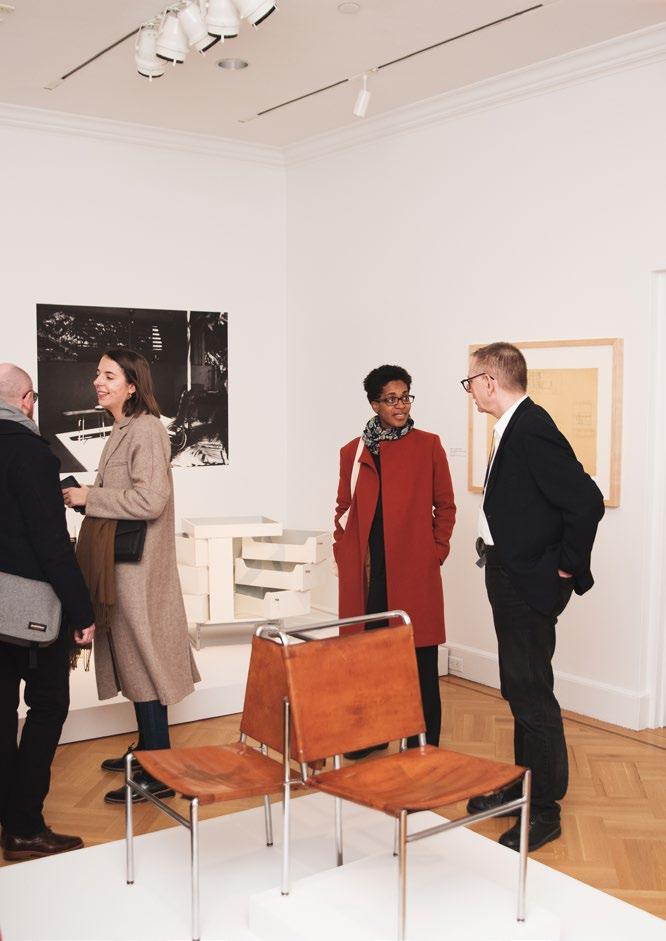
6 minute read
Internships, Admissions, and Student Travel and Research
Eileen Gray. Breakfast table, 1926-29. Lacquered tubular steel, cellulose acetate. Centre Pompidou, Musée national d’art moderne, Paris. Purchase, 1992, AM 1992-1-3.
November 4 New Perspectives on French Fashion History: Constructing Femininity: 1980–2000
Advertisement
November 5 MacArthur x BGC: Tom Joyce, Hideo Mabuchi, and Sheila Nirenberg
November 7 BGC Late: Jazz and Conversation in the Gallery
November 14 Fashion, Anxiety, and Society: Justice; with Rikki Byrd, Rhea Combs, Tanisha C. Ford, and Eric Darnell Pritchard
November 16 Fashion and Justice Workshop, curated by Kimberly Jenkins and Jonathan Square November 19 MacArthur x BGC: An-My Lê, Terry Plank, and Marina Rustow
December 5 BGC Late: Jazz and Conversation in the Gallery
December 12 Fashion, Anxiety, and Society: Subversion; with Lucia Cuba, Fawn Krieger, and Otto von Busch
February 28 Symposium: Eileen Gray: New Research and Methodologies
February 29 World Premiere Film Screening: In Conversation with Eileen Gray
March 5 BGC Late: Jazz and Conversation in the Gallery: Breaking Ground—Gender Architecture, Activism
The following events were cancelled because of COVID-19.
March 18 Gallery Tour Series: Eileen Gray’s Use of Metal Tube
March 20 Wiki Edit-a-Thon: Art + Feminism
March 25 Evening for Educators
March 26 What Is Intersectional Feminist Practice?
Photo: Alessandro Fresco
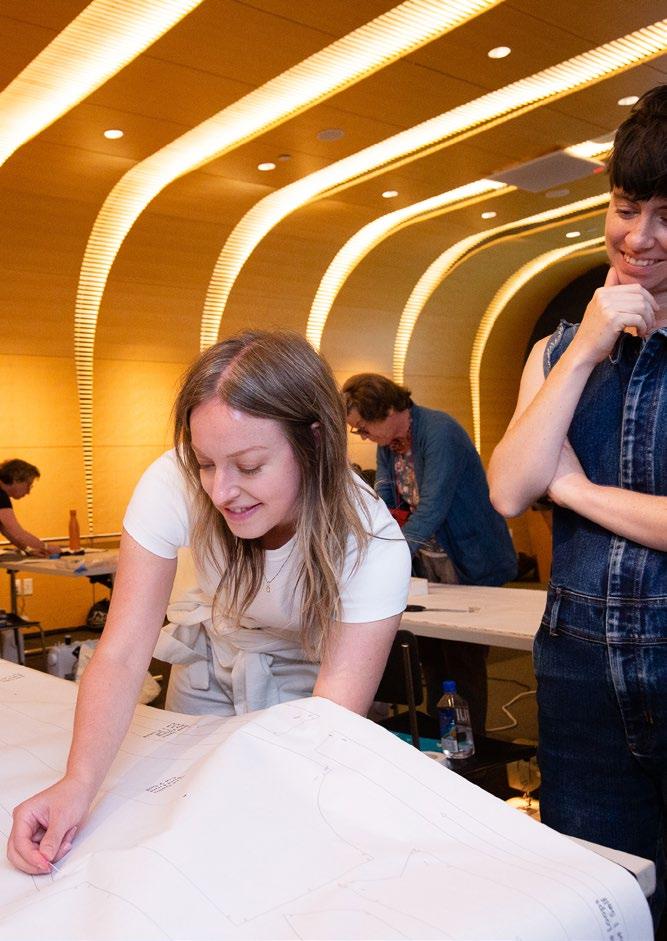
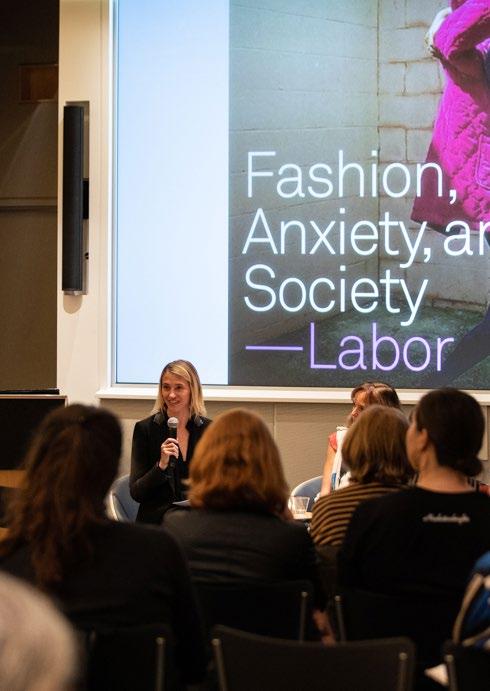
March 28 Contemporary Reflections Series: Blackness and Spatial Matters
March 30 Senior Open House
April 2 BGC Late: Jazz and Conversation in the Gallery
April 9 Contemporary Reflections Series: Queer Histories in Architecture
April 15 Gallery Tour Series: Eileen Gray’s Architecture
May 7 BGC Late: Jazz and Conversation in the Gallery: Black Art and Activism in EarlyTwentieth-Century Paris
May 14 Contemporary Reflections Series: Designing Alternative Spaces for Bodily Autonomy May 20 Gallery Tour Series: Eileen Gray’s Fiber Work
June 4 BGC Late: Jazz and Conversation in the Gallery: Collaboration to Independence in the Work of Eileen Gray: E.1027 to Tempe à Pailla
June 10 Women + Modern Architecture in Midtown: A Walking Tour, led by Matthew Postal
June 11 The Art of Living: Designing Social/ Cultural Spaces
June 17 Gallery Tour Series: Eileen Gray’s Lacquer Work
June 20 Ice Cream Social
Photo: Maria Baranova Anor Marvel Bertuleit, U.S. Army Nurse Corps, unknown date. Photograph. Private collection.
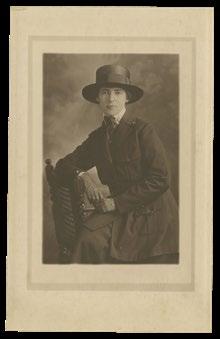
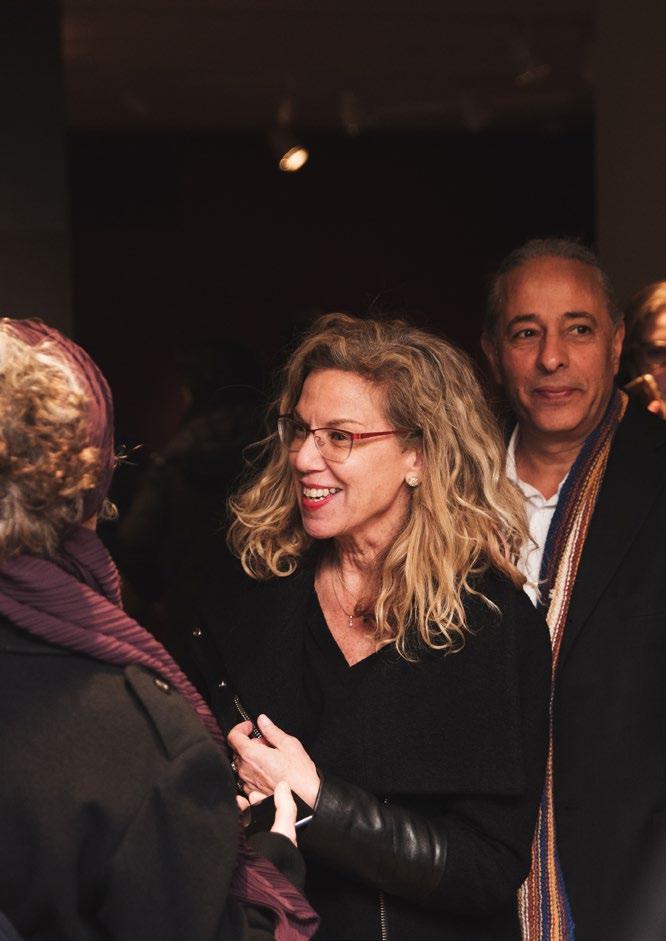
Fundraising and Special Events
During the academic year ending June 30, 2020, Bard Graduate Center received over $3.2 million in contributions from over 280 individuals, foundations, corporations, and government agencies. Combined with income from endowed funds and other revenue, these resources enable the institution to deliver the valuable programs detailed in this publication. Generous support was also designated to BGC’s Quarter-Century Campaign, providing financial aid for years to come.
Where BGC Resources Come From... Sources and their percentage of total raised/earned.
Endowed Funds: 66% Designated and general-purpose endowments
Contributions and Special Events: 20% Contributed income from alumni, friends, foundations, and corporations; government grants; income from the Iris Foundation Awards Luncheon and other special events
Tuition and Fees: 8% Tuition; application, housing, and usage fees
Other Earned Revenue: 6% Publication and Gallery shop sales; facility and residential rentals
What BGC Resources are Used For...
Photo: Jordan Rathkopf Academic Programs: 25% Faculty and academic staff, curriculum expenses, programs, independent research
Gallery and Exhibitions: 16% Exhibition research, Gallery staff, production, and publications
General Management and Operations: 17% Maintenance, security, technology, website, design, and finance
Research Activities: 6% Research events, publications, fellowships
Administration and Fundraising: 21% Director’s Office, Development, Human Resources, Finance and Administration
Financial Aid: 9% Tuition assistance, stipends, work study
Public Programs: 3% Continuing education and outreach
Residence Hall: 3% Management and upkeep of Bard Hall
Scholarships and Financial Aid
Since its founding, Bard Graduate Center has offered scholarship and fellowship packages to its students. Thanks to the generous support from a dedicated community of individuals, foundations, and corporations, Bard Graduate Center was able to support 26 MA candidates and 18 PhD candidates with over $1.5 million in tuition assistance and stipends.
Appreciation for the value of these scholarships is reflected in the words of the students themselves:
Without this generous scholarship support, I would not have been able to produce the substantial record of original research and writing that led to my upcoming fellowship at the Metropolitan Museum of Art. —Julia Lillie, PhD Candidate
I am so grateful for all of the lifelong professional and personal connections I have made at Bard Graduate Center. This academic journey would not have been possible without your generous support. —Danielle Weindling, MA ‘20
My deepest thanks for your generous and indispensable contribution to my doctoral studies and curatorial career! —Colin Fanning, PhD Candidate
Colin Fanning (MA ‘13, PhD candidate). Photo: Maria Baranova.
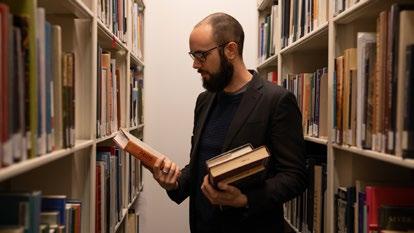
Donor Profile
Edward Lee Cave and Irene Aitken at the Charles Percier: Architecture and Design in an Age of Revolutions exhibition opening, fall 2016.
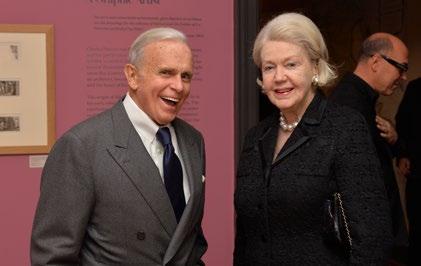
Edward Lee Cave, a passionate connoisseur and collector of American, English, and French decorative arts, has been an active member of Bard Graduate Center’s board for over 24 years. Hailing from Virginia, Cave studied art history at Columbia University. Upon graduation he was hired by the prestigious decorating firm Parish-Hadley, where he worked on projects for some of the most important collectors in New York City. Cave’s love for the art and culture of the eighteenth and nineteenth centuries, together with his entrepreneurial skills, brought him to the attention of Sotheby’s leadership. When Sotheby’s purchased the auction house of Parke-Bernet, in 1965, Cave was the first American hired by the company. There, he led the decorative arts department and rose rapidly to senior vice president by 1972. In that position, he not only oversaw some of the most important sales of European and American decorative arts at that time, he also was instrumental in launching the Sotheby’s training program. As BGC Board Chair Nancy Druckman observed, “through his involvement at Sotheby’s and his philanthropic activities, he gave generations of specialists and curators a start at careers in the decorative arts.”
In 1978 Cave became founding chairman of Sotheby’s International Realty Corporation, and it was in that capacity that he later met Susan
Weber and learned of her vision for the Bard Graduate Center. In 1991, he identified the mansion at 18 West 86th Street as the perfect home for the institution. Shortly thereafter, he became one of the founding members of what was then the Executive Planning Committee. In addition to serving in numerous leadership roles, Cave is one of BGC’s most ardent champions, recruiting numerous board members and helping to build a solid base of support. He has sponsored several exhibitions, including Salvaging the Past: Georges Hoentschel and French Decorative Arts from the Metropolitan Museum of Art; William Kent: Designing Georgian Britain; John Lockwood Kipling: Arts & Crafts in the Punjab and London; and this year’s Eileen Gray. But by far, Edward Lee Cave’s most lasting impact will be his exceptionally generous support of our students, the next generation of scholars and curators of decorative arts.
Cave’s philanthropic support for the decorative arts extends beyond BGC to the Frick Collection, Historic New England, and the American Friends of Attingham, among other venerable institutions. “Edward has been a passionate supporter and friend of the institution since its inception,” said Dr. Weber. “Without believers like him, we would not be the success we are today some 26 years later.”
Photo: Jordan Rathkopf
